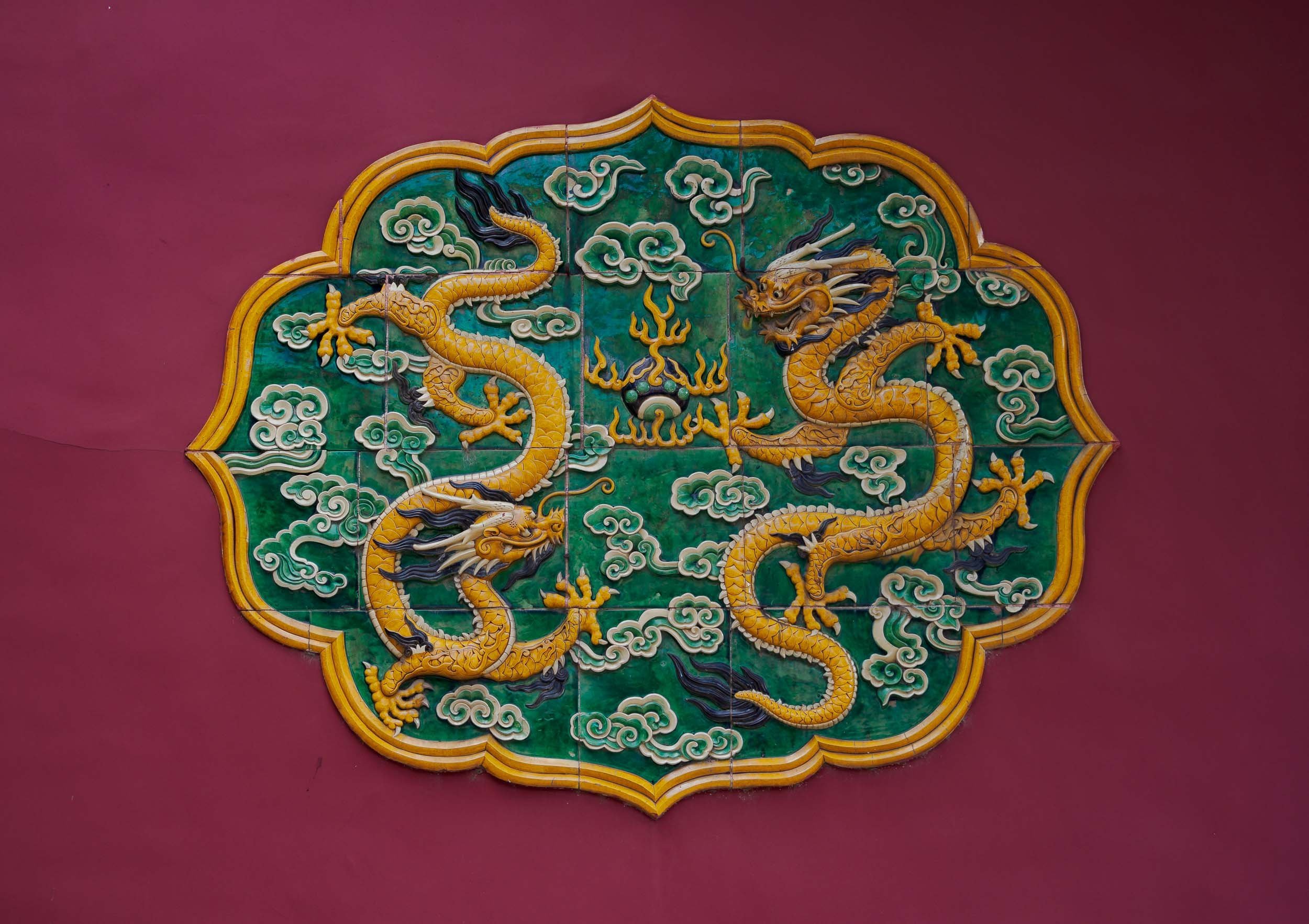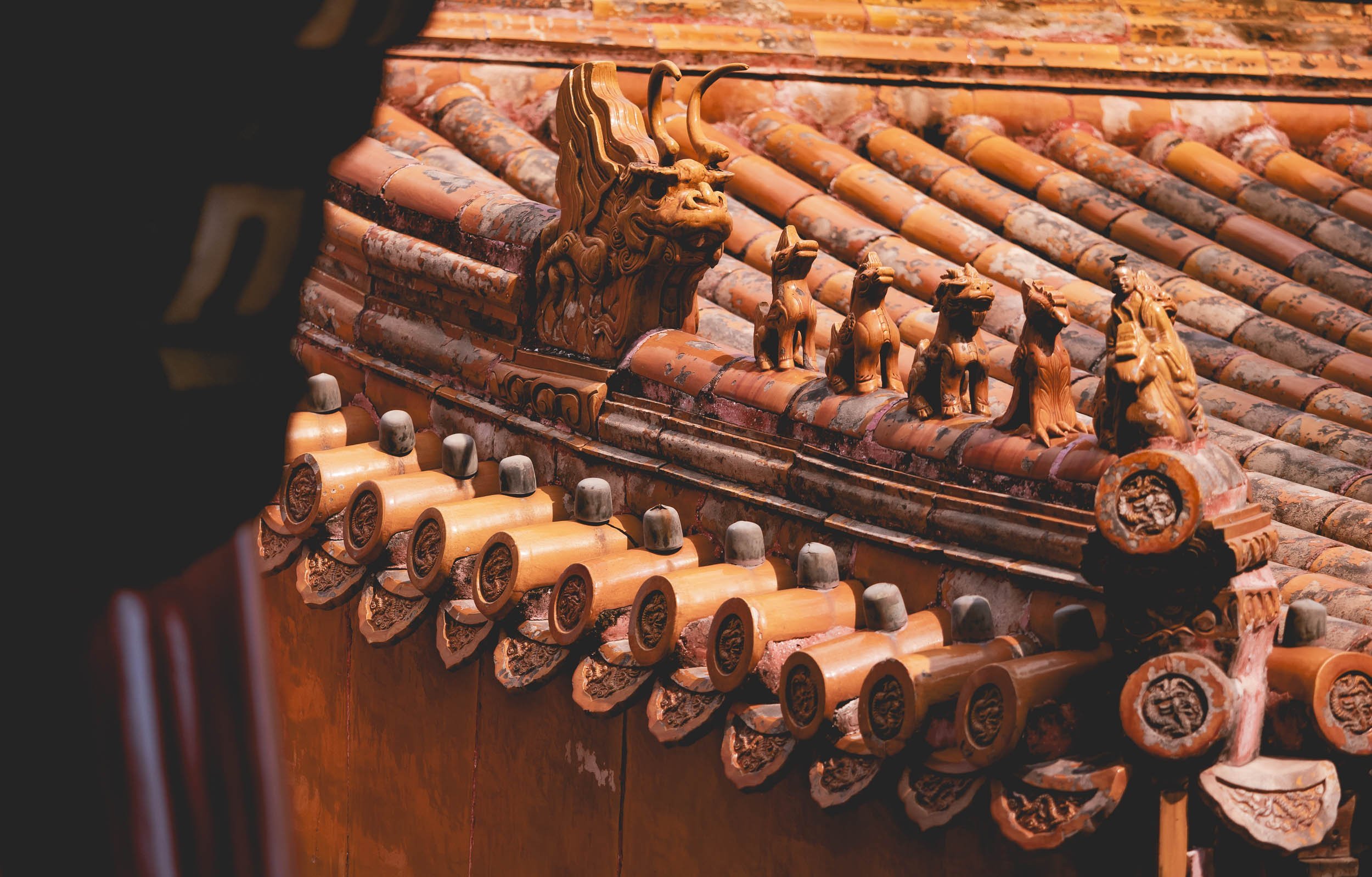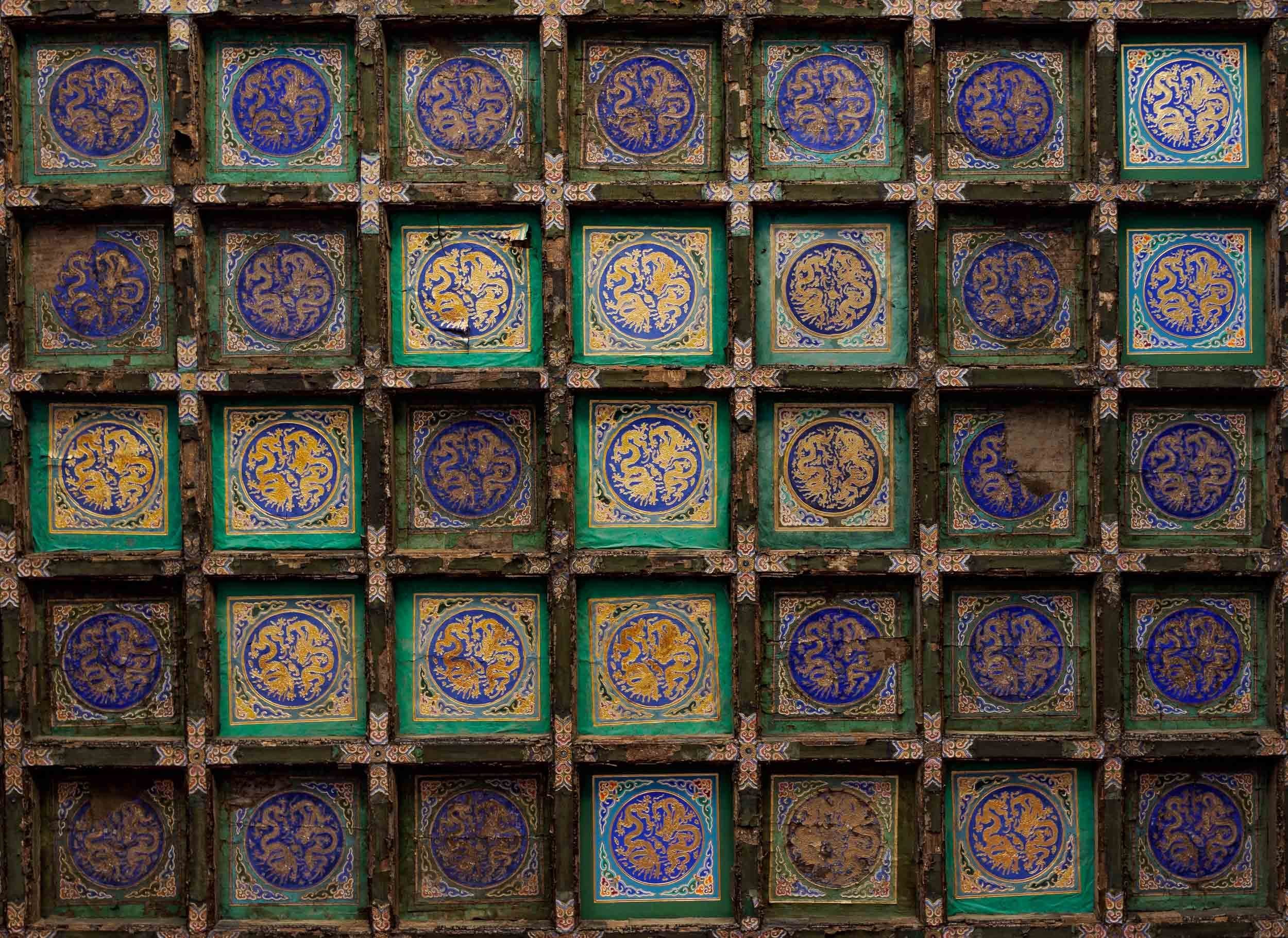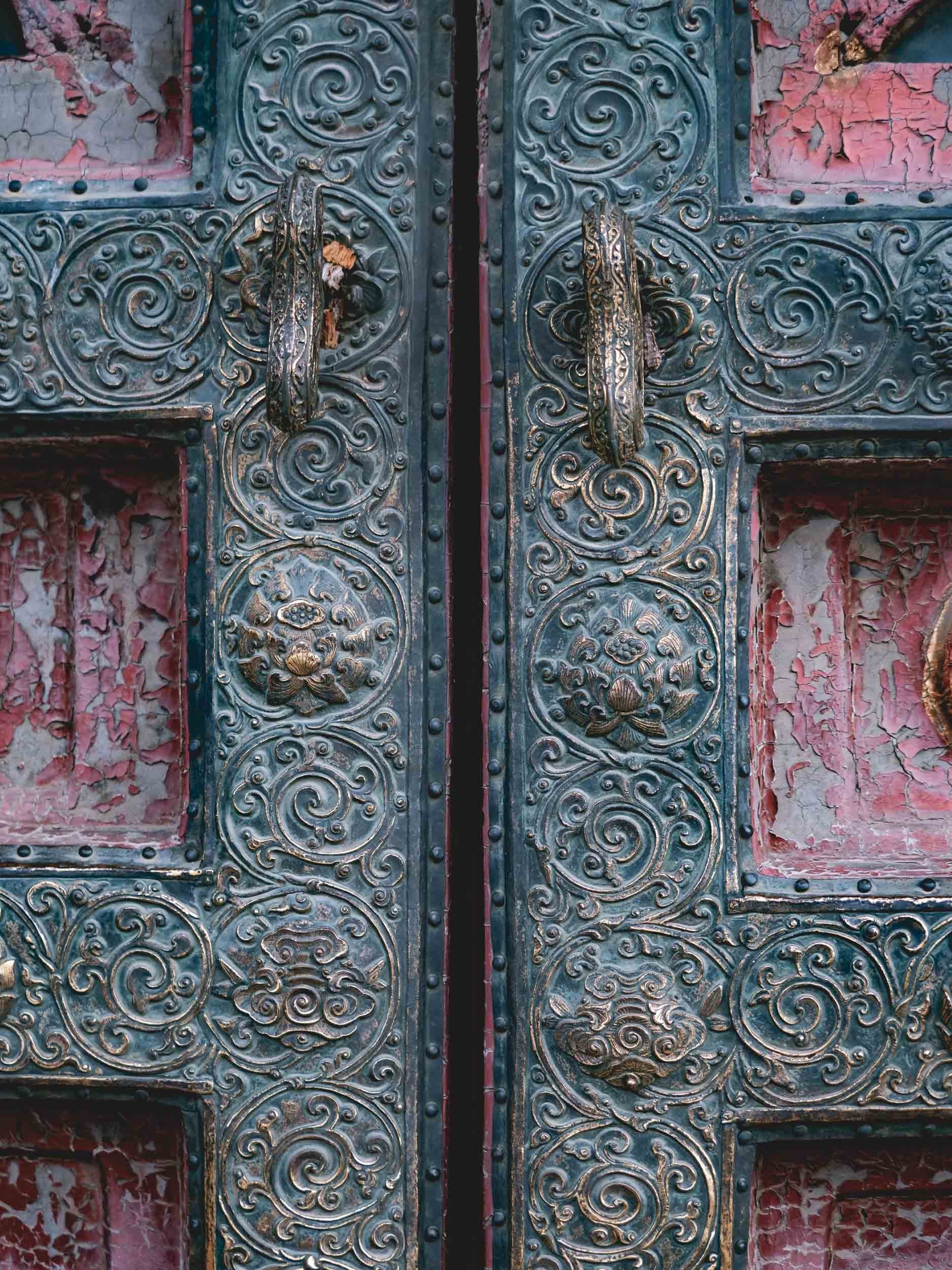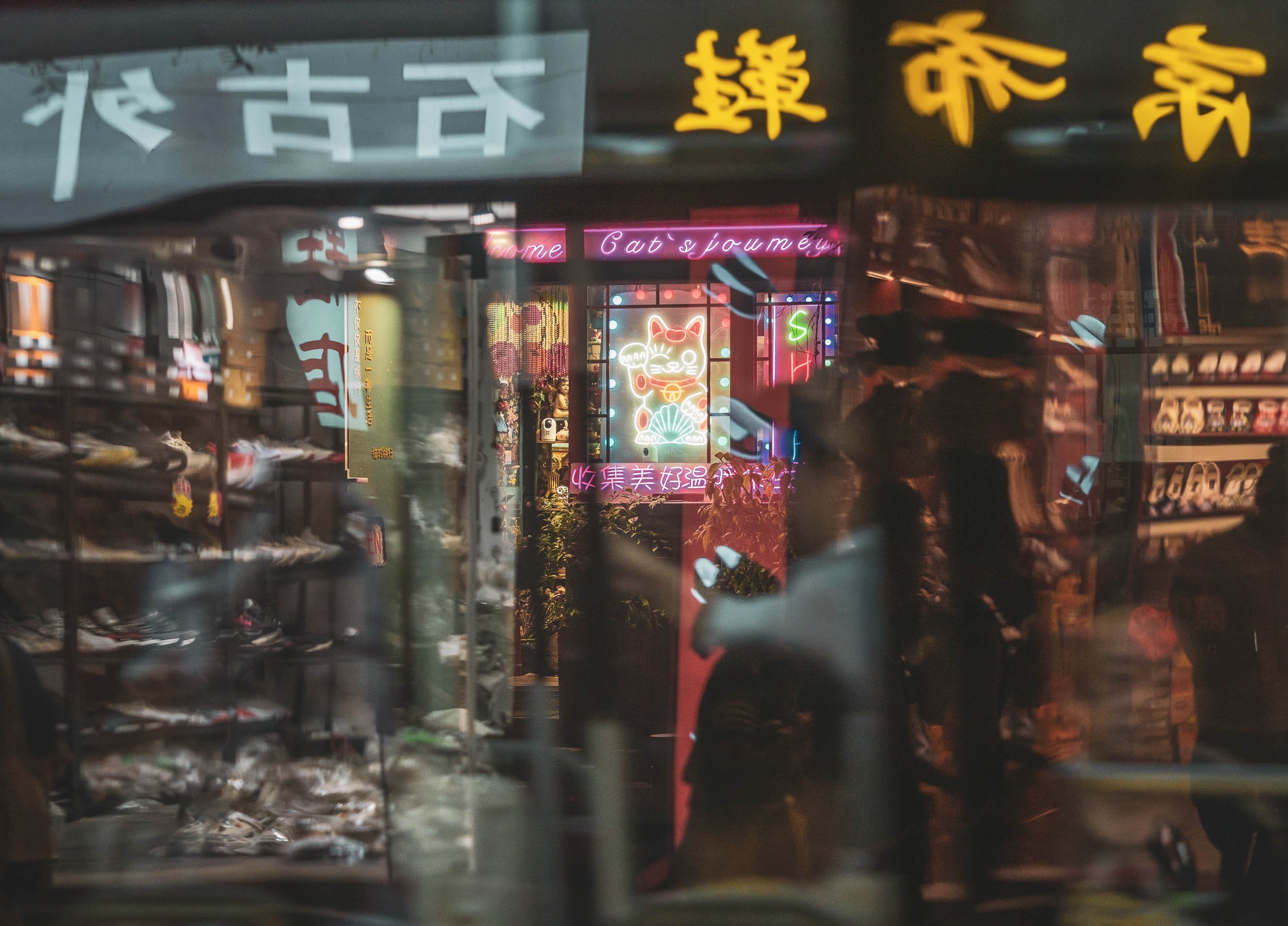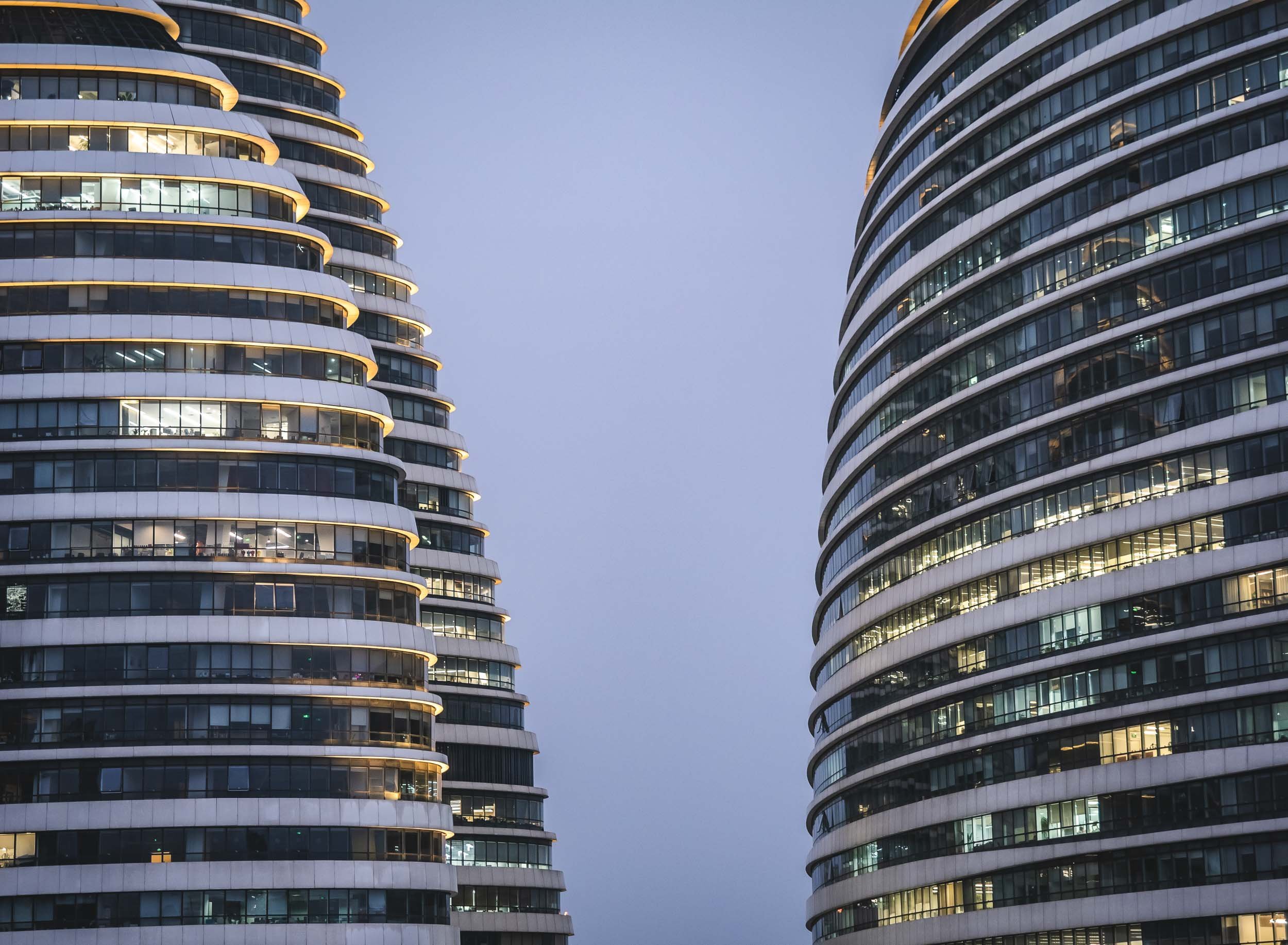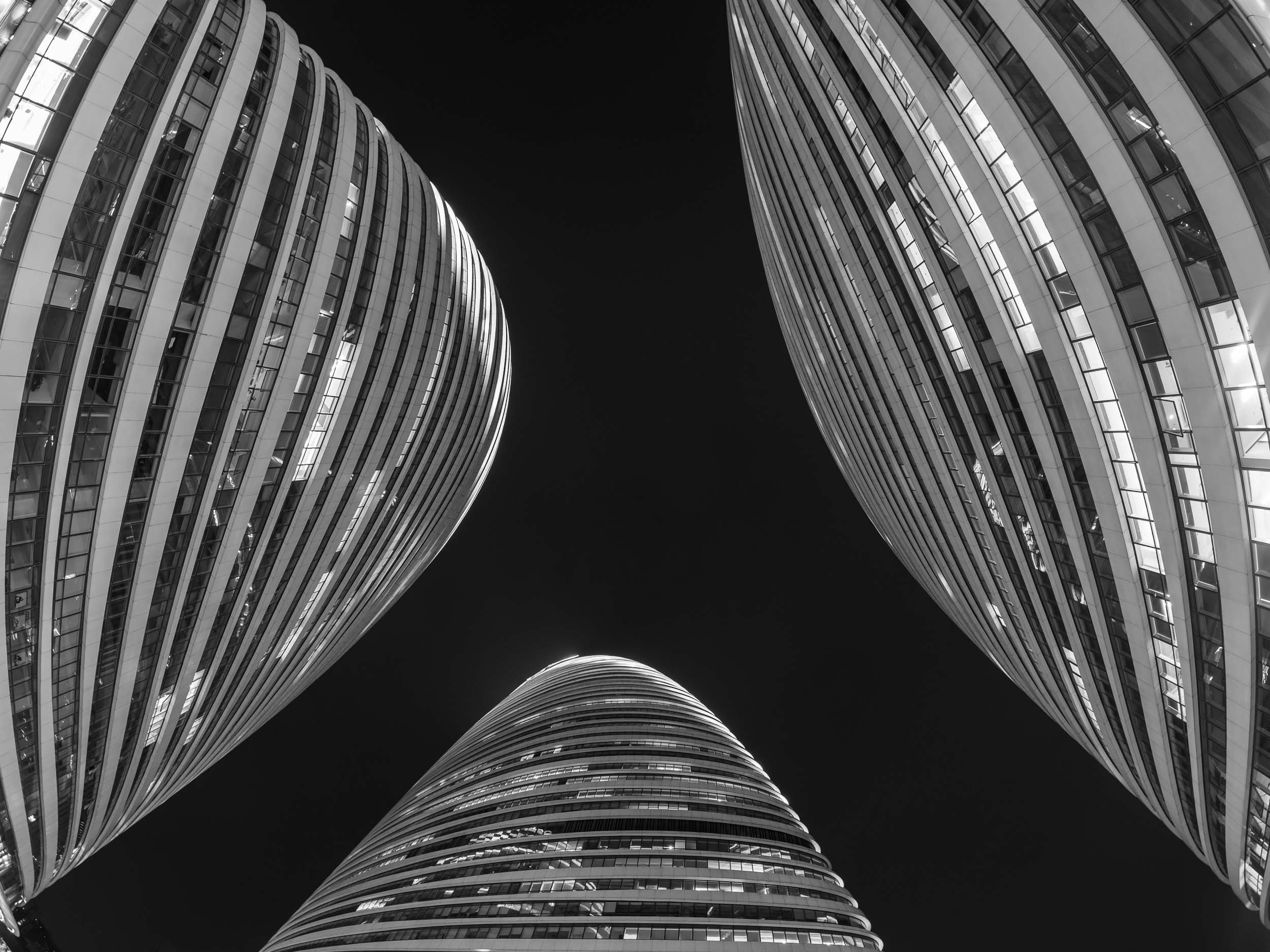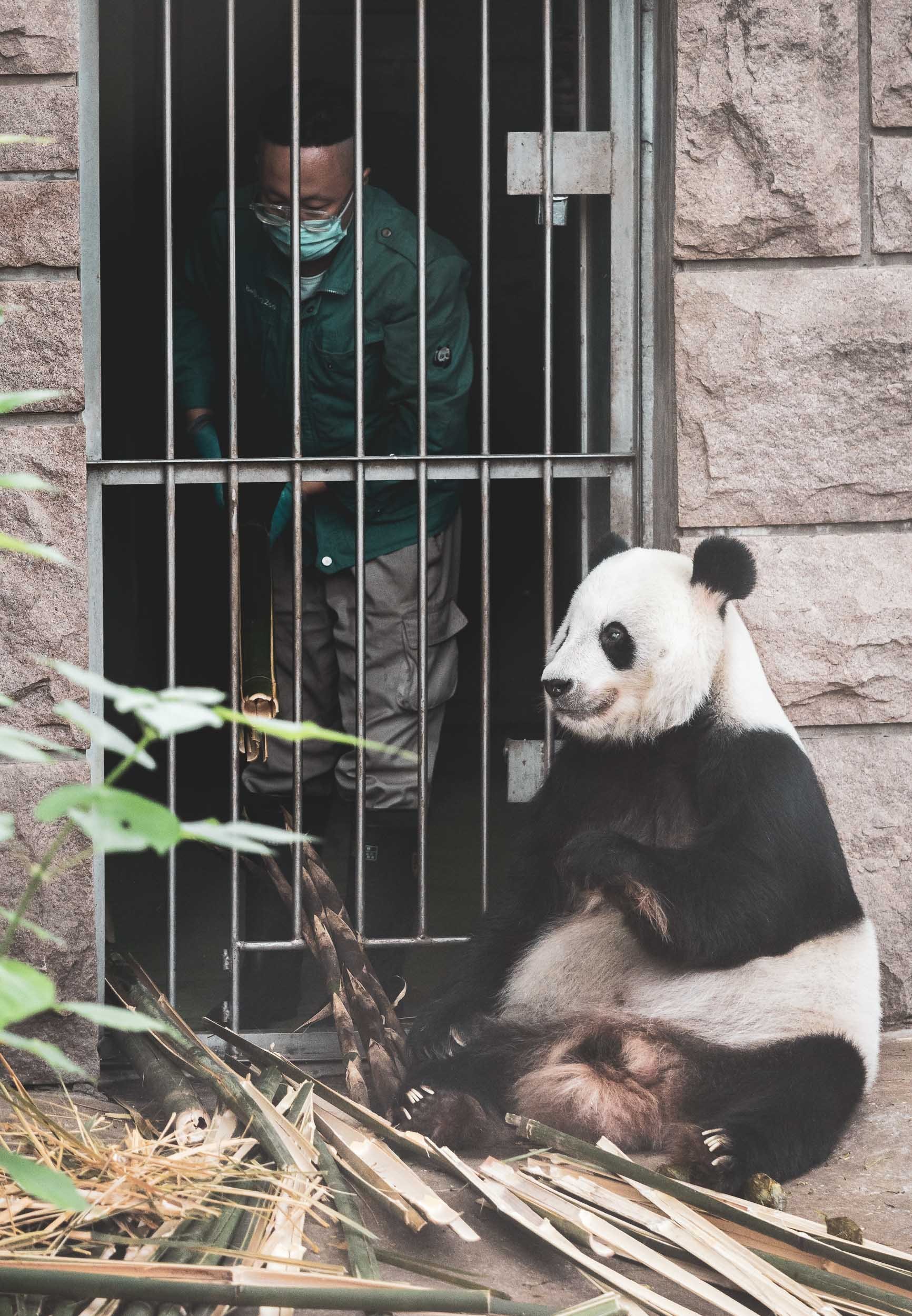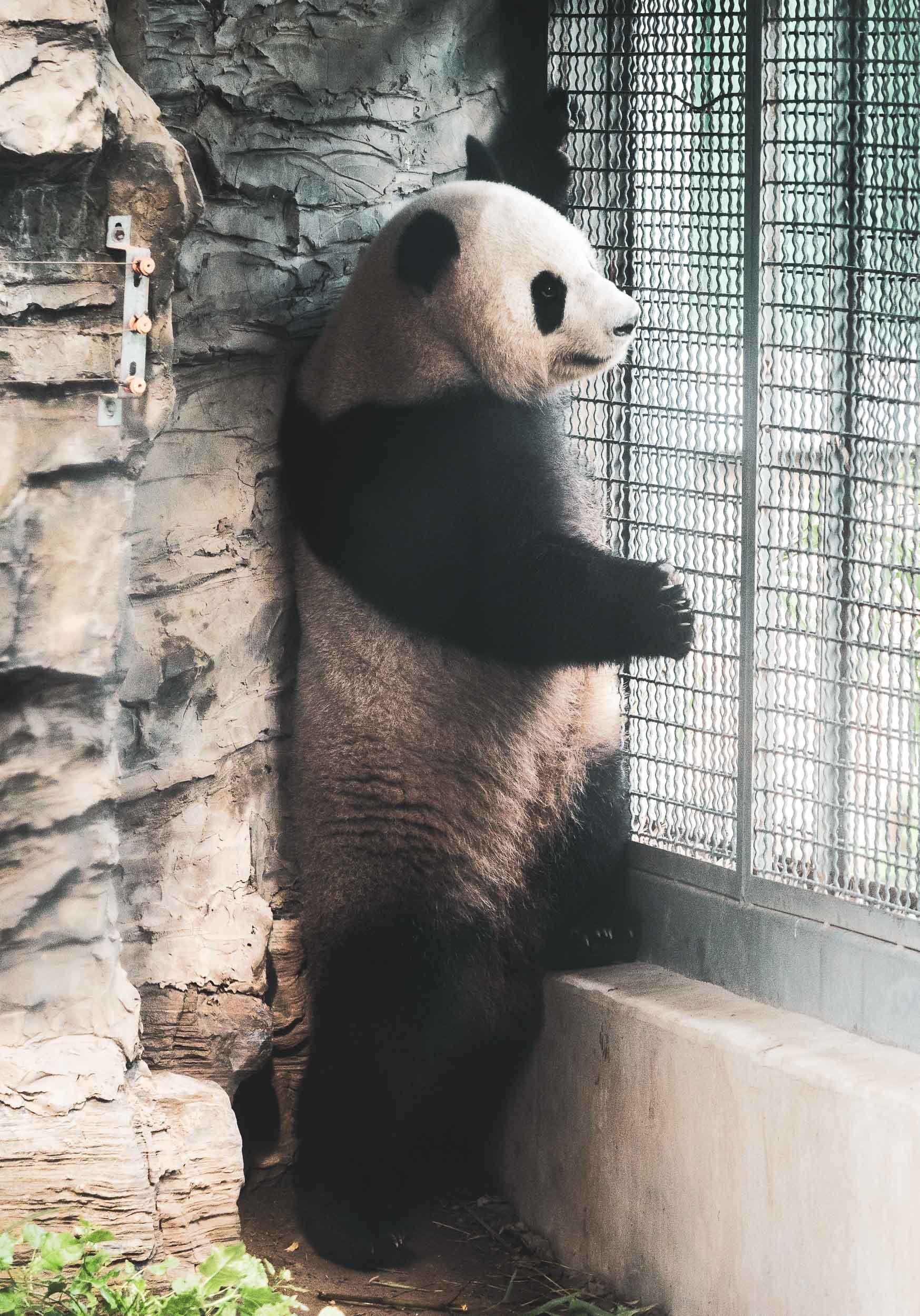Beijing & The Great Wall
During my last trip through Asia (lots of blogs to come), I didn’t really have Beijing (or China) on the cards yet, partly because you need a visa, and because there is just so much to see it needs a lot of planning and time. But sometimes opportunities present themselves, so when my return flight from Mongolia had to stop in Beijing, and I discovered there’s a 144h on arrival transit visa for EU passports, I had to take advantage. As a result, I can now show you this blog containing my impressions from a total of 5 days in Beijing and one of the most beautiful sections of the Great Wall.
My agenda was to spend a bit of time around the central parts and Forbidden City, as well as a few of the traditional Hutong areas, and explore a few of the architectural highlights the city has to offer, including some designed by the legendary late Zaha Hadid. Lastly, a sunset and sunrise at the Great Wall was also on the cards, and if time allowed, a visit to Beijing zoo - something I normally don’t really do, but this one is famous for its Panda bears.
I stayed in the CBD in the easter part of Beijing, just beyond the second ring road - it’s a nice modern area, very clean, organized, and - something I noticed throughout the city - it’s quiet, not by the number of people, but in terms of noise levels, especially compared to many south-east Asian cities. This is because there are no motorized bikes and scooters. They are all electric! Tons of electric bikes too, and of course many electric cars. This makes a huge difference, the environment becomes a lot more pleasant.
My first architectural target was the CCTV HQ building, an iconic skyscraper that in 2013 was awarded Best Tall Building Worldwide by the CTBUH - it’s easy to see why, given its unique loop style design.
Of course, you will also find traditional Chinese architecture, such as this pavilion in Lotus lake at Ritan park. But I was on the lookout for something else next…
Galaxy Soho
The building was completed in 2012 and is one of three "Soho" buildings by the Iraqi architect in Beijing.
As with almost all Zaha Hadid designs, the complex features primarily irregular soft shapes, more or less completely devoid of straight lines and corners. It consists of four individual but connected domed buildings - I was lucky enough to sneak into one of them to capture the cylindrical interior you see below, one of the few symmetrical aspects of the structure. Unfortunately it’s very difficult to get a full exterior view (let alone aerial perspective) of the complete complex, so you’ll have to trust me when I say - it’s cool and worth a quick look on Google!
Temple of Heaven
This 15th century temple is a UNESCO World Heritage site, representing the relationship between heaven and earth, which played a vital role for the emperors at the time.
The temple is surrounded by a beautiful large park, where the seniors from the surrounding neighborhoods come together every morning to stay active in fitness classes, sports, stretching, and running - it’s been remarkable how often one could observe elderly people taking care of their physical wellbeing all around the city.
The original structure was built at the same time as the Forbidden City, a bit south of Beijing’s centre. Nowadays the complex is home to over 90 buildings, with the Imperial Sacrificial Altar being the most distinct and largest.
The Forbidden City
Beijing’s most well known attraction! And boy, was it busy, August being the time of Chinese summer holiday. The booking process also proved interesting, as tickets are sold only at least a day in advance, and through channels that are basically impossible to use for foreigners. As it happens, the solution is to send an E-Mail with your passport details to their tourist office to be allowed to buy a ticket. Unlike with many other popular spots, the early morning is not the best time to visit, as that’s when school groups and everyone else lines up for when the gates open. I got my photos in the late afternoon, just as everyone left (or was being ushered out) shortly before closing, giving me 30 minutes of peace and relative quiet in this amazing complex - not nearly enough to see everything, but a nice window for some impressions away from crowds.
Panoramic View
The palace complex seen from nearby Jingshan hill in the early morning hours.
Even without entering the actual Palace Museum, the hill and the walkways around the northern perimeter provide some beautiful views of the corner towers and the northern main entrance, especially around sunrise.
Gate of Divine Prowess
One of the four main entrances, the primary one being the southern entrance from Tian’anmen Square.
Colored Wood
One of the taller of the 980 buildings with a total of 9999 rooms. The wooden elements are clearly visible, and the complex is one of the best-preserved wooden structures in the world. The contrasting modern steel and glass architecture of the National Centre for Performing Arts in the background.
These kids were posing on the eastern moat bridges for some traditional photos with their families, who allowed me to get a few snaps.
The outer court with the Meridian Gate and the Inner Golden Water River, crossed by 5 beautiful stone bridges over the canal that has been protecting the complex from fire and flooding for almost 600 years.
The Hall of Supreme Harmony
It contains the throne of the emperor. This is the biggest building of the complex, and the largest surviving wooden structure in China.
The Tower of State Benevolence on Tianhedian Square
Details
I could have spent days in this place, just wandering around and capturing all the intricate architectural details.
South of the Forbidden City lies Qianmen Street, one of the city’s most famous pedestrian streets and one of the last remnants of the commercial centres of the old Beijing, dating back almost 700 years. Its gate frames the Zhengyangmen Tower just south of Tianmen square.
Of course, it’s now a modern shopping street and western influences can be found all around. Can’t deny that this is a pretty cool Starbucks though.
Hutong Scenes
One of my favorite parts of Beijing are its Hutongs, the low rise neighborhoods characterized by alleys formed between the siheyuan, traditional courtyard residences with their distinct roof structures. A walk here evokes a very local village feeling and masks some of the big city atmosphere. There are dozens of such quarters all around the centre, and while some are more famous than others, I just spent half a day in the area around Lama temple, wandering aimlessly.
Hutong Roofs - the traditional courtyard houses.
It may have been a seasonal factor, but I did not encounter many foreigners during my time in Beijing. That didn’t have any impact on my comfort level though, in fact, the organized and safe impression and generally polite demeanor of people make you feel quite welcome, despite language, technology and cultural barriers. This couple was very happy to pose for me once I smiled at them with a little “Nǐ hǎo” - the woman is 98 years old, as I found out during a conversation with the (excellent) Apple Translate app.
The Hutongs also frequently feature public toilets, partly a relict from the times where the community used shared bathrooms, but generally a common sight in Beijing. They are often shared, and occasionally (I only heard of this) without stalls, meaning you might have the chance for a nice chat while doing your business.
An evening view over one of the busier Hutong districts near Houhai lake, with the wooden Drum tower on the left. Together with its Bell tower sibling it was used for timekeeping via musical instruments since it was built almost 800 years ago (they've been converted to museums now).
Wangjing Soho
Moving back to modernity. The second Zaha Hadid building I had on my mind to see consists if three towers that interplay with each other in the architect's signature curvilinear style. This time, I managed to find a good viewpoint to capture the entire complex.
Soho is one of China's largest real estate developers, responsible for many of Shanghai's and Beijing's most well known buildings. Its CEO has been dubbed the "the woman who built Beijing". There's an interesting backstory to this design, which was allegedly copied by another architect for a building in Chongqing that looks strikingly similar, resulting in a lengthy legal battle, in which Zaha Hadid herself only took limited interest.
Panda Craze
I was torn whether to make my way to Beijing’s zoo in the eastern part of the city on my last morning: Firstly, I’m - broadly speaking - not a huge fan of zoos, and secondly, during the Chinese summer holidays, it was bound to be a crowded affair. And that turned out to be an understatement. Of course I arrived 30 min before the zoo opened and with tickets in hand already, but there was already a 200 people queue. And they all wanted to see one thing: 🐼. Which meant that as soon as the gates opened, this crowd, which had grown further, started sprinting (I don’t think “running” would sufficiently describe it) towards the Panda house, which was only going to open 30min later, for more queuing. Once you were past that, there was another short extra queue specifically for those who wanted to see China’s most famous Panda “Meng Lan”, a social media sensation due to some of his funny behaviors.
Breakfast
The queue during the day is said to shrink, but this is also because Pandas are no longer active after 10am, usually hiding and sleeping, whereas I did get to see some eating and playful behavior.
Life of a panda bear in Beijing’s zoo doesn’t have many private moments.
The Bird’s Nest
Beijing's National Stadium was built for the 2008 Olympics and was also used during the 2022 Winter Olympics.
While originally inspired by the patterns of Chinese ceramics, the steel frame later inspired the nickname “Birds’ Nest”. The exterior is not actually connected to the stadium, essentially just acting as a decorative shell for the inner bowl. During the initial design, the stadium had a retractable roof which was meant to be hidden within the steel frame, but the feature was then removed during the early construction phase.
Shapes
Speaking of bird related architecture, Beijing is also home to what’s colloquially described “The Giant Egg” - its National Centre for the Performing Arts.
Then building is the largest theatre complex in Asia and has an incredible construction story: The actual theatre hall sits up to 32m under the surface, meaning the groundwater would make the entire structure float. As a result a huge concrete tub was built around it. A few more interesting tidbits on Wikipedia.
The Great (& Endless) Wall
When going to Beijing, it is impossible to not consider visiting China’s World Wonder. Frankly, my imagination did the Great Wall a disservice (and some of the images I had seen didn’t help either) - I had a few bricks and towers in mind, with a lot of tourists, and not actually that much to see. How wrong I was, take a look at this video…
The first choice to make is where to go, as there are several options within reasonable distance from the city (the Beijing section alone stretches over 500km). The most well known is Badaling, and it is a real tourist destination which can be reached by a dedicated bus and offers all kinds of facilities, including a toboggan slide. It’s very crowded, especially during holidays. Needless to say, that’s not where I went. There are lesser-known but well developed and restored sections, and after looking at photos I opted for Jinshanling. Without having seen any other section, I’m confident to say this was a great choice. I had a sunset and a sunrise, stayed over night in a small tourist hotel close by, and encountered probably 20 people over a stretch of 3 kilometers, and was literally alone most of the time. Amazing feeling.
Jinshanling
This section features beautifully restored dense watch towers, but retains a lot of its wild surrounding landscape and original features with endless layers of mountains as the backdrop.
This part was constructed in 1368 has over 60 towers on its 10 km zig zag course through the mountains, with many beautiful architectural details and endless views over the sloping hills. It’s difficult to grasp that the entire wall network of China exceeds 21,000 km (!) in length over different dynasties, with the most visible Ming section alone reaching almost 9,000 km. There are several “wild” sections of the wall, which are technically off limits (as they’re often crumbling and run through dangerous landscapes) but popular with hikers and adventurers.
Although the views are beautiful from the ground, getting permission to fly a drone here gives you an even more impressive perspective.
Staying over night at the Wall is not allowed, so I left shortly before darkness. As blue hour fades some distant parts are illuminated, seen on the top right here.
China, I’ll be back!
This was definitely not my last time here, there are too many amazing landscapes and cities still waiting to be explored. Also, this photo is a selfie, can you spot me?






























